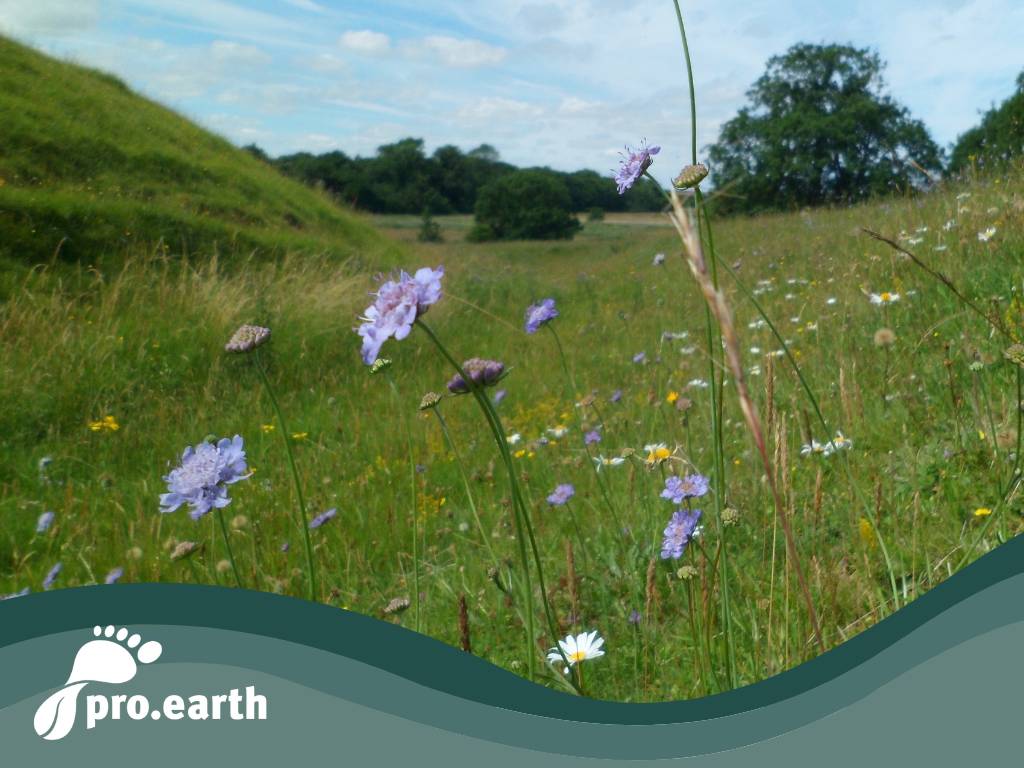These cookies are used to display advertisements that are likely to be of interest to you based on your browsing habits.
These cookies, which are provided by our content and/or advertising providers, may combine information they have collected from our website with other information they have collected from your web browser activity on your network of websites.
If you remove or disable these targeting or advertising cookies, ads will still be displayed. However, these may not be relevant to you.
If you have any questions regarding our handling of cookies and your privacy, please contact us.
Please enable Strictly Necessary Cookies first so that we can save your preferences!
